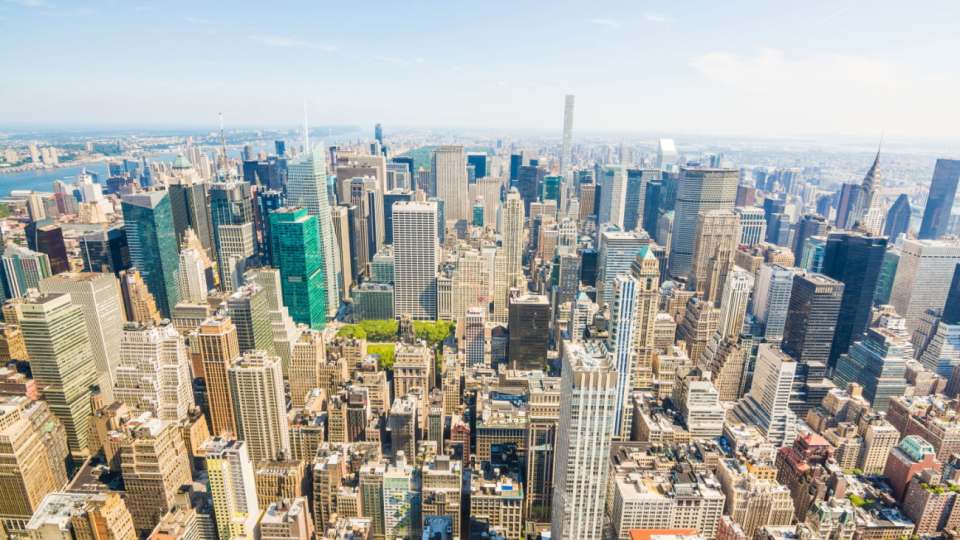July Office Outlook: 30% of All Office Loans Set to Mature by End of 2026
For the last few years, uncertainty has been the prevailing feeling in the office sector. The push-and-pull between the return to the office and remote work has posed questions regarding office utilization in the future, and analysts have been concerned about potential delinquencies and defaults.
To that end, CommercialEdge reports that more than $260 billion in office loans are set to mature between now and the end of 2026, equating to 30% of all office loans and 12,000 properties nationwide. So, while the risk posed by delinquencies has not yet materialized in the office sector thanks to “extend and pretend” lease terms, the industry’s greatest post-pandemic challenge may come in the next few years. Currently, delinquencies stand at 7.5%, which is up from 5.8% at the end of 2023 and 4.5% last June.
Of course, the flight to quality in the office sector has been widely discussed as the main factor propping up quality office buildings, while lower-tier spaces suffer from dropping occupancy rates. However, the same report underscores that highly-rated properties in city centers are most at risk from maturing loans with $164.5 billion in upcoming maturities — or 62.6% of the total — being concentrated in urban markets, while $187.7 billion (71.4%) are for Class A office buildings.
“Class A and urban assets continue to hold an overweighted portion of the looming debt burden,” said Peter Kolaczynski, director of CommercialEdge. “Properties at the lower end of the Class A designation, where vacancy is also the highest, are going to be the most at risk.”
Beyond particularities by building class, some markets are more exposed to near-term loan maturities than others. Specifically, five markets have a concentration of maturing loans above 35% — Atlanta (48.3%); Denver (41.8%); Nashville, Tenn. (41.7%); Chicago (40.7%) and the Twin Cities in Minnesota (39.2%).
Manhattan Records Highest Office Listing Rate & YTD Sales Volume
For the first half of the year, the Manhattan market only had the fifth-highest year-to-date (YTD) sales volume nationally. However, with a $560-million office sale on the Upper East Side, Manhattan reclaimed the top spot with a total sales volume of just more than $1.4 billion.
Other markets boasting large YTD sales volumes included Washington, D.C. ($1.3 billion); the Bay Area ($1 billion); and Boston ($803 million). In particular, the Bay Area saw robust office sales despite declining employment in the tech sector, primarily due to the success of AI companies. Meanwhile, Boston’s recent sales windfall is due to the robust biotech presence in the city.
Switching to office listing rates, Manhattan also posted the highest listing rates in June 2024 at $71.30, up 1.1% Y-o-Y. At the same time, the vacancy rate here rested at 16.6%, which was down 60 basis points year-over-year. Across the country, the San Francisco office market recorded the next-highest rates at $61, followed by the Bay Area at $53.30. These markets are also experiencing high vacancy rates, coming in at more than 25% in San Francisco and 20.8% in the Bay Area.
Other markets with some of the highest listing rates in the country include Miami ($49.80); Boston ($47.60); Austin, Texas ($42.50); and San Diego ($42.05). Boston had the highest rate growth at 7.4% Y-o-Y, while San Diego had the steepest drop of 10.2%.







